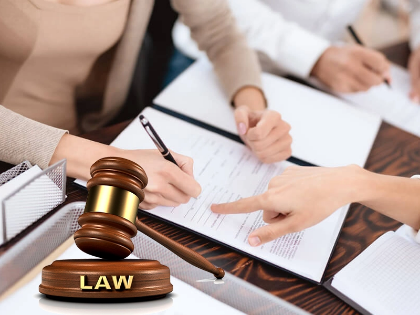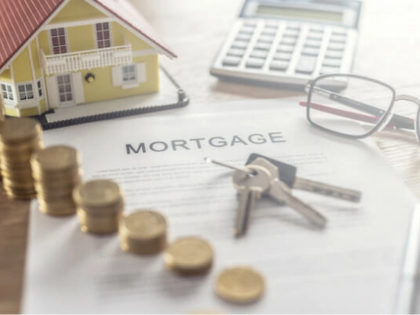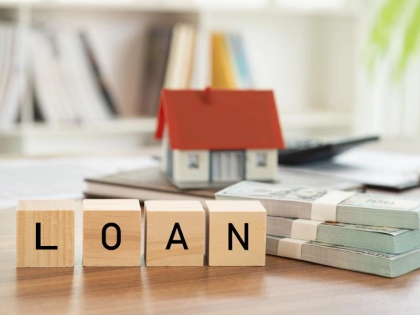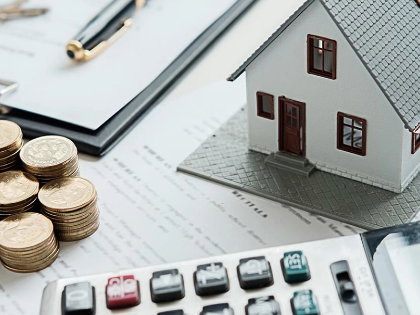Deciphering Down Payments: What Is the Actual Need?
In order to lower risk, lenders demand down payments, which give borrowers ownership of the property. They also contribute to reducing mortgage payments by lowering loan-to-value ratios and raising home equity. A 20% down payment, however, may seem unaffordable to a lot of would-be homeowners. Here are some pointers to help you comprehend the advantages of a lower down payment, as well as clever saving techniques and other possibilities that can make homeownership more accessible to you.
What is your actual need?
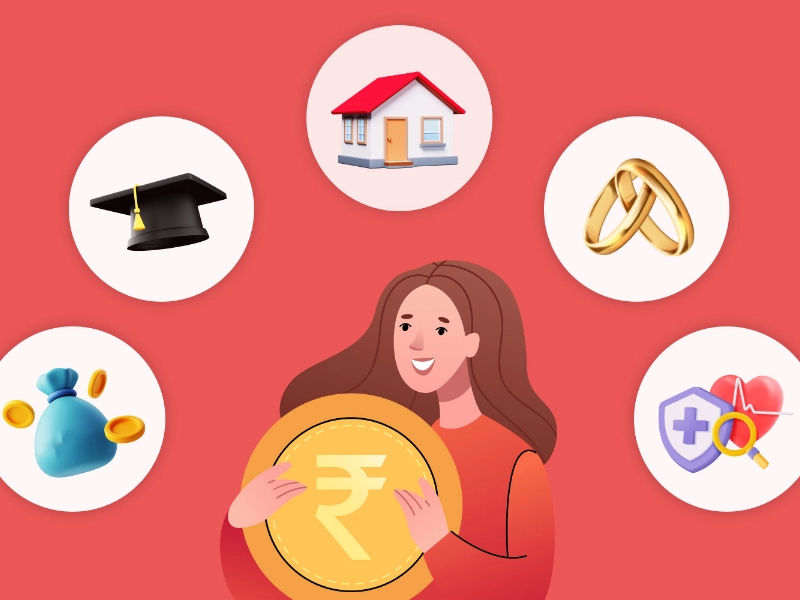
What is your budget?
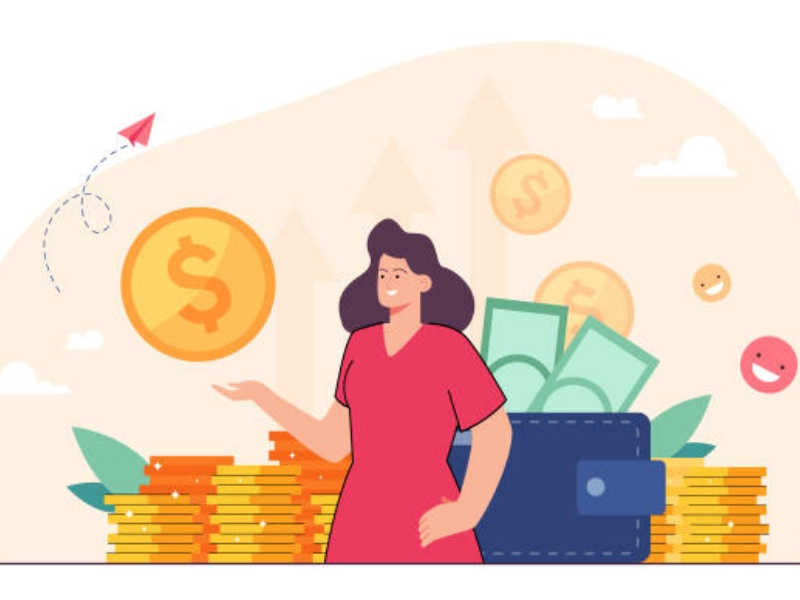 Your down payment amount will directly affect the terms of your mortgage, such as the interest rate and total loan amount. Long-term cost savings for homeowners can be achieved by making a larger down payment since it lowers the overall loan amount and monthly mortgage payments.
Making a sizable down payment also increases your purchasing power by reducing the ratio of your debt to your income. This metric is used by lenders to determine if you can afford your monthly mortgage payment and other debt commitments without going into default.
You are not required to use funds from your personal checking or savings accounts to make a down payment. Certain lenders permit you to utilize money from other investments that yield a higher interest rate or your retirement account balance as your down payment. The amount you need to save for the down payment can be ascertained by keeping a close eye on your spending and setting a savings target. With an online tool like GoCardless, you can automate your savings to make sure you're moving in the right direction toward your objective.
Your down payment amount will directly affect the terms of your mortgage, such as the interest rate and total loan amount. Long-term cost savings for homeowners can be achieved by making a larger down payment since it lowers the overall loan amount and monthly mortgage payments.
Making a sizable down payment also increases your purchasing power by reducing the ratio of your debt to your income. This metric is used by lenders to determine if you can afford your monthly mortgage payment and other debt commitments without going into default.
You are not required to use funds from your personal checking or savings accounts to make a down payment. Certain lenders permit you to utilize money from other investments that yield a higher interest rate or your retirement account balance as your down payment. The amount you need to save for the down payment can be ascertained by keeping a close eye on your spending and setting a savings target. With an online tool like GoCardless, you can automate your savings to make sure you're moving in the right direction toward your objective.
How long do you intend to occupy the house?
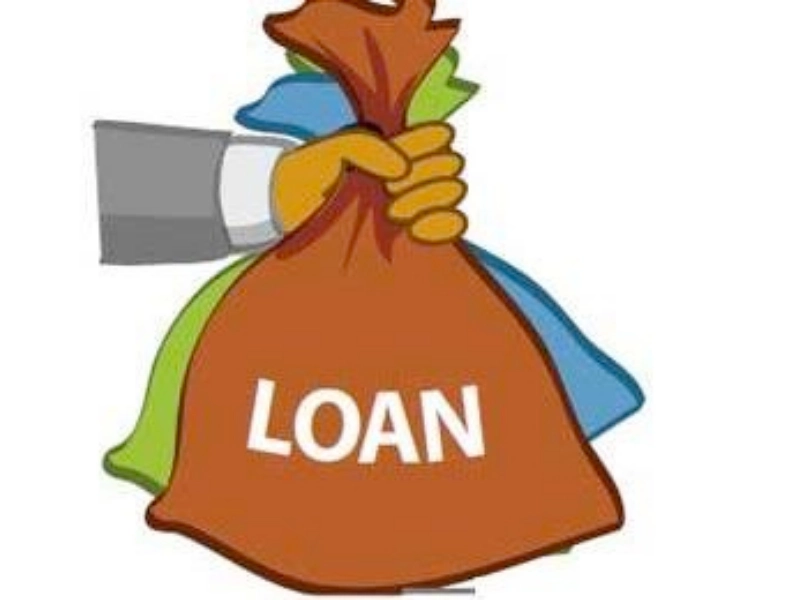 It's crucial to keep your anticipated length of stay in mind while you save for a down payment. This will assist you in figuring out how much down payment you require.
To enable you to close on the house sooner and avoid paying private mortgage insurance (PMI), it can be wiser to save up for a smaller down payment if you want to move soon after purchasing the property.
Remember that you'll probably need to pay for items like shower curtains, trash cans, and yard tools in addition to moving charges if you move soon after purchasing a new house, so be sure to account for these expenditures in your budget as well.
It's crucial to keep your anticipated length of stay in mind while you save for a down payment. This will assist you in figuring out how much down payment you require.
To enable you to close on the house sooner and avoid paying private mortgage insurance (PMI), it can be wiser to save up for a smaller down payment if you want to move soon after purchasing the property.
Remember that you'll probably need to pay for items like shower curtains, trash cans, and yard tools in addition to moving charges if you move soon after purchasing a new house, so be sure to account for these expenditures in your budget as well.
How much are you able to save?
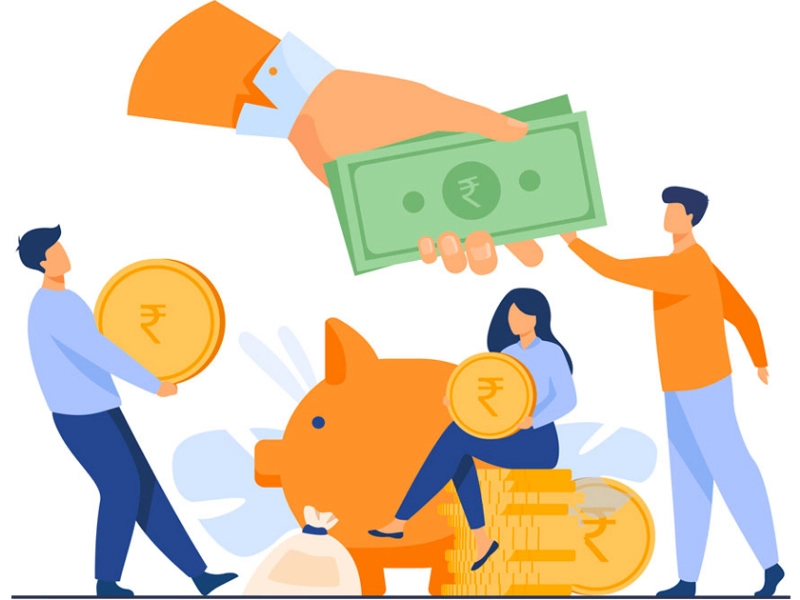 The amount you must finance with a home loan directly depends on the size of your down payment. Additionally, it shows lenders that you have some stake in the deal, which can affect the terms of the mortgage, including interest rates and private mortgage insurance payments, and help establish your loan-to-value ratio.
Knowing your financial situation and goals inside and out is essential to determining how much to save. Getting a comprehensive view of your earnings, spending, obligations, and credit history is part of this.
To accelerate growth, prudent saving may involve cutting back on wasteful spending and making investments in certificates of deposit (CDs) or high-yielding savings accounts. Additionally, you may utilize money from the sale of assets, presents from loved ones, or specialized down payment aid schemes. But discipline and financial planning are essential to success. You can quickly begin your journey toward homeownership by using these resources.
The amount you must finance with a home loan directly depends on the size of your down payment. Additionally, it shows lenders that you have some stake in the deal, which can affect the terms of the mortgage, including interest rates and private mortgage insurance payments, and help establish your loan-to-value ratio.
Knowing your financial situation and goals inside and out is essential to determining how much to save. Getting a comprehensive view of your earnings, spending, obligations, and credit history is part of this.
To accelerate growth, prudent saving may involve cutting back on wasteful spending and making investments in certificates of deposit (CDs) or high-yielding savings accounts. Additionally, you may utilize money from the sale of assets, presents from loved ones, or specialized down payment aid schemes. But discipline and financial planning are essential to success. You can quickly begin your journey toward homeownership by using these resources.

